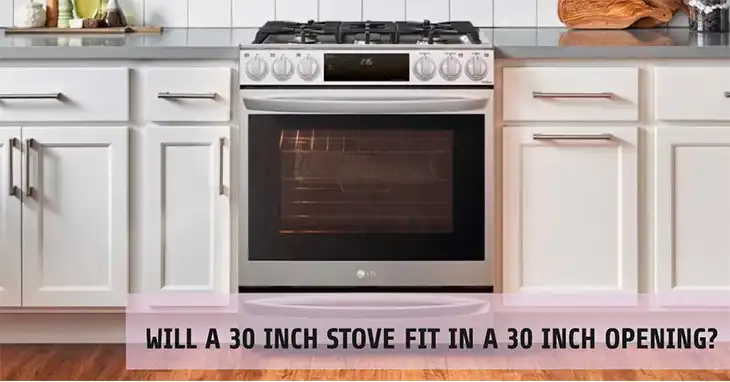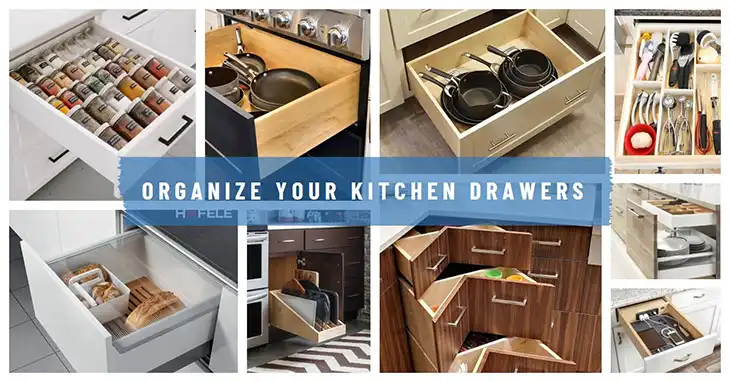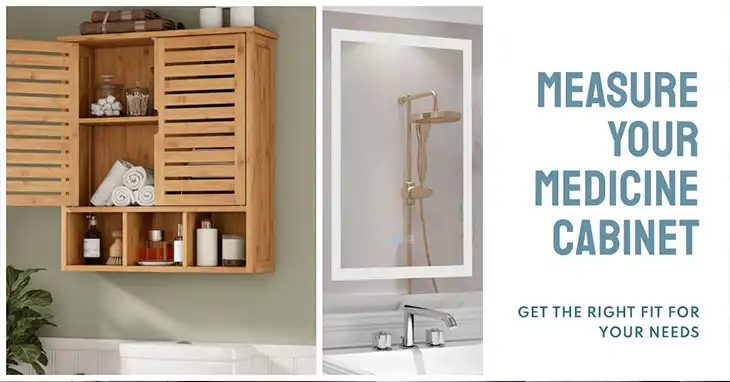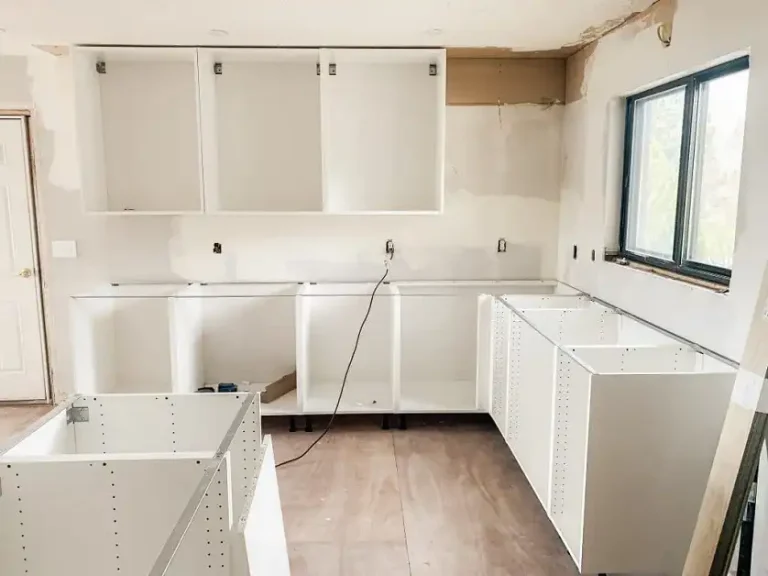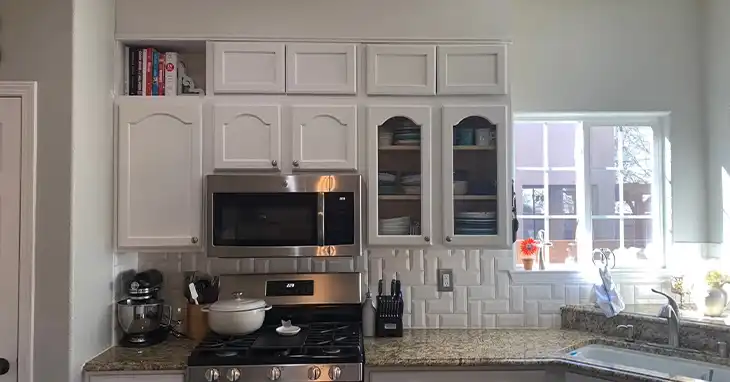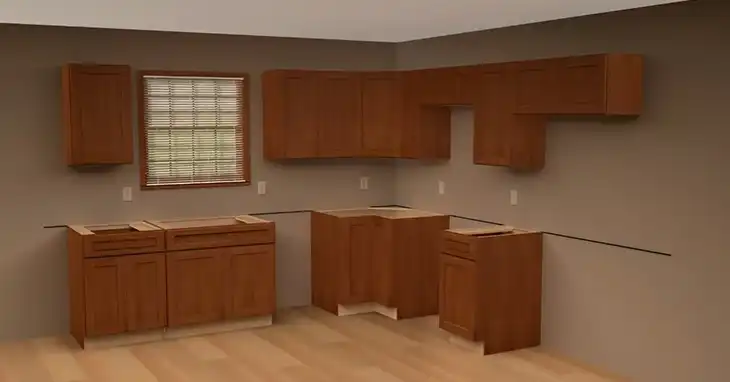How Much Does it Cost to Paint Kitchen Cabinets?
For many homeowners, the idea of a full kitchen renovation can be both exciting and overwhelming, especially when considering the substantial costs involved. However, if you’re looking for a budget-friendly way to breathe new life into your kitchen, painting the cabinets can be a game-changer. Not only is it a cost-effective alternative to a complete remodel, but it also allows you to achieve a fresh, updated look without the hassle and disruption of a major renovation.
The cost of painting kitchen cabinets can vary significantly, ranging from as low as $200 for a DIY project to as much as $10,000 for a professional job, depending on various factors. Understanding these factors is crucial to accurately estimating the cost and making an informed decision.
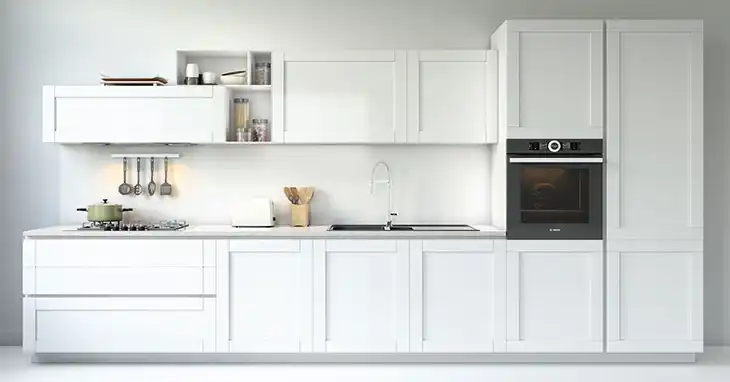
How Much It Costs to Paint Kitchen Cabinet Yourself vs Hiring a Professional
One of the most significant factors influencing the cost of painting kitchen cabinets is whether you choose to tackle the project yourself or hire a professional painter. The DIY route can be appealing for those on a tight budget, with an average cost ranging from $200 to $600, covering materials and tools. However, it’s important to consider the time and effort required, as well as the potential for subpar results if proper techniques are not followed.
On the other hand, hiring a professional painter can provide peace of mind and ensure a flawless finish, but it comes at a higher price. The national average cost for professional cabinet painting services ranges from $900 to $7,200, with regional variations. While more expensive, professionals bring expertise, experience, and the necessary equipment to deliver high-quality results.
Kitchen Cabinet Paint Cost Breakdown
When estimating the cost of painting kitchen cabinets, there are several factors to consider:
1. Square Footage vs. Linear Footage
Painters often use two measurement methods to calculate costs: square footage and linear footage. Square footage estimates range from $3 to $10 per square foot, while linear footage estimates range from $30 to $60 per linear foot. Understanding which method your contractor uses is essential for accurate budgeting.
2. Kitchen Size
The size of your kitchen plays a significant role in determining the overall cost. For a small kitchen (approximately 70 square feet), the cost can range from $210 to $700 for a DIY project or $900 to $2,500 for professional services. A medium-sized kitchen (around 120 square feet) may cost between $360 and $1,200 for DIY or $1,500 to $4,000 for professional painting. Larger kitchens (200 square feet or more) can cost anywhere from $600 to $2,000 for DIY or $2,500 to $7,200 for professional services.
3. Additional Considerations
- Cabinet Condition: Damaged or heavily worn cabinets may require additional repairs, stripping, or sanding, increasing the overall cost.
- Cabinet Material: The type of cabinet material (wood, MDF, laminate) can influence the preparation work required and the type of paint recommended, affecting the cost.
- Paint Quality and Number of Coats: Higher-quality paints and multiple coats can provide better coverage and durability but will increase the material costs.
- Project Complexity: Additional features like cabinet removal, hardware replacement, or intricate designs can add to the final cost.
Preparation and Paint Selection
Proper surface preparation is crucial for achieving a smooth, long-lasting finish. This typically involves cleaning and degreasing the cabinets, sanding or stripping the existing finish, and applying a primer before painting. Skipping these steps can lead to peeling or chipping paint down the line.
When it comes to paint selection, there are several popular options for kitchen cabinets:
- Oil-based paints offer excellent durability and a smooth finish but can be more difficult to apply and clean up.
- Latex paints are easier to work with and clean up but may not be as durable as oil-based options.
- Chalk paint has gained popularity for its ability to adhere to various surfaces with minimal preparation and its unique, matte finish.
- Factors like durability, finish (glossy, satin, matte), and color should be considered when choosing the right paint for your cabinets.
Cost-Saving Tips
If you’re working with a tight budget, there are several strategies you can employ to reduce the cost of painting your kitchen cabinets:
1. DIY vs. Professional Cost Comparison
Carefully weigh the pros and cons of tackling the project yourself versus hiring a professional. While DIY can save money upfront, it may require more time and effort, and the results may not be as polished as a professional job.
2. Finding Affordable Materials and Supplies
Shop around for the best deals on paint, brushes, and other supplies. Consider purchasing high-quality paint from a discount retailer or during sales events. Additionally, renting or borrowing tools can help minimize upfront costs.
3. Phased Approach
If your budget doesn’t allow for painting all the cabinets at once, consider a phased approach. Start with the most visible or heavily used cabinets first, and spread out the remaining work over time as your budget allows.
Maintenance and Care
Once your cabinets are painted, proper maintenance and care are essential to ensure their longevity and preserve their fresh appearance. Regular cleaning with mild detergents and soft cloths can help prevent buildup and scratches. Touch-ups and minor repairs may be necessary over time, but with proper care, a high-quality paint job can last for several years before requiring a complete refresh.
Final Words
Painting kitchen cabinets can be a cost-effective way to achieve a fresh, updated look without the expense and disruption of a full kitchen renovation. With costs ranging from a few hundred dollars for a DIY project to several thousand for professional services, understanding the factors that influence the price is crucial for accurate budgeting.
When weighing your options, consider your budget, skill level, and desired level of perfection. For those on a tight budget or with experience in DIY projects, tackling the job themselves can be a rewarding and cost-saving endeavor. However, for those seeking a flawless, professional finish or with limited time and expertise, hiring a reputable painter may be the better choice, despite the higher cost.
FAQs
How long does it take to paint kitchen cabinets?
The time required to paint kitchen cabinets can vary depending on the size of the project, the condition of the cabinets, and whether you’re doing it yourself or hiring a professional. For a DIY project, it can take anywhere from a few days to a week or more, depending on your experience and the number of cabinets. Professional painters typically work more efficiently and can complete a standard kitchen in 2-4 days.
Can I paint over existing cabinet finishes?
In most cases, it’s possible to paint over existing cabinet finishes, but proper preparation is crucial. The surfaces should be thoroughly cleaned, degreased, and sanded to ensure proper adhesion of the new paint. Additionally, applying a suitable primer can help the new paint adhere better and provide a smooth, even finish.
How long does painted cabinet finish last?
The lifespan of a painted cabinet finish depends on several factors, including the quality of the paint used, the preparation work done, and the level of care and maintenance. With high-quality paint, proper preparation, and regular cleaning, a professionally painted cabinet finish can last 5-10 years or more before requiring a fresh coat.
Can I paint cabinets without removing doors and drawers?
While it is possible to paint cabinets without removing the doors and drawers, it’s generally not recommended. Removing these components allows for easier access and better coverage, ensuring a more consistent and professional-looking finish. It also makes it easier to paint the cabinet frames and interior surfaces.
Can I paint over laminate cabinets?
Painting over laminate cabinets is possible, but it requires additional preparation work. The laminate surface needs to be thoroughly deglossed and roughened up with sandpaper or a liquid deglosser to ensure proper paint adhesion. Additionally, using a high-quality bonding primer is recommended before applying the topcoat.

